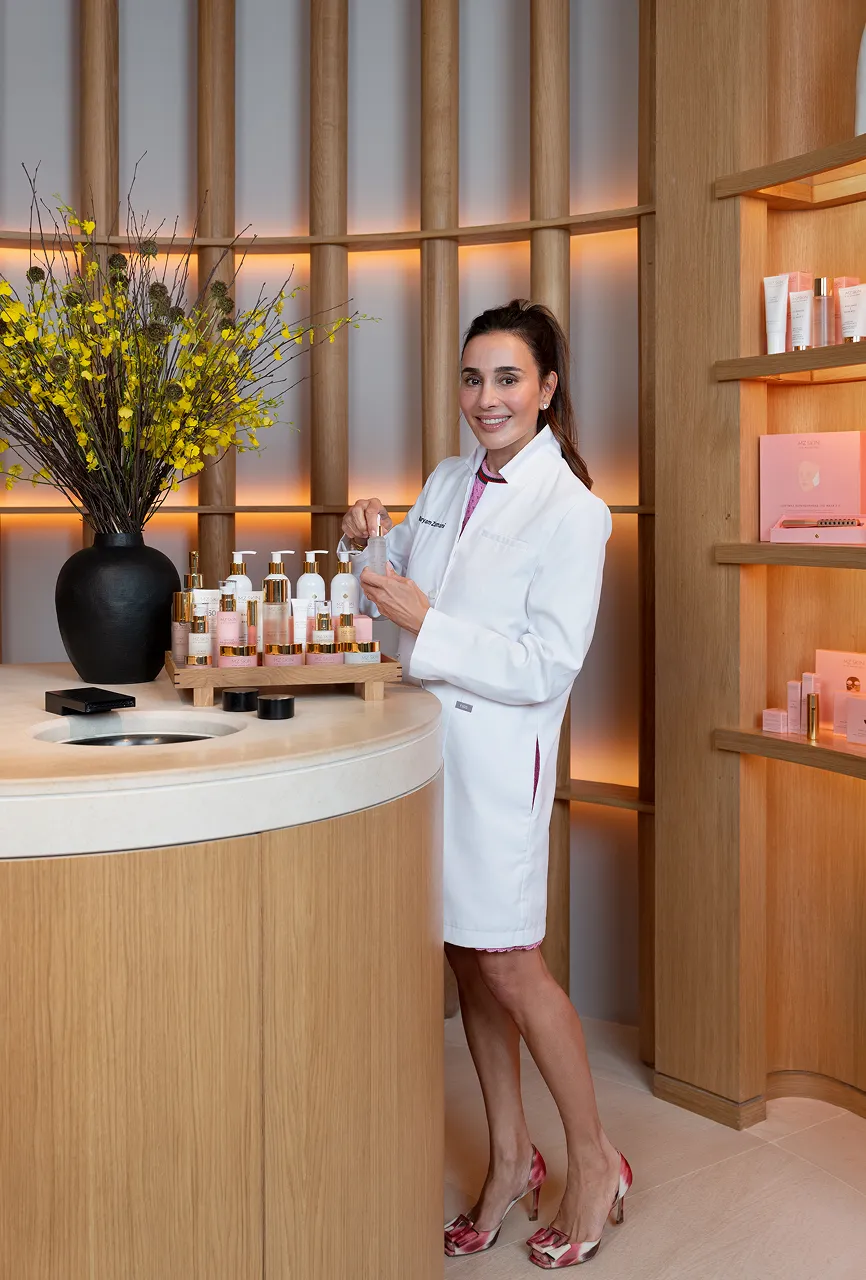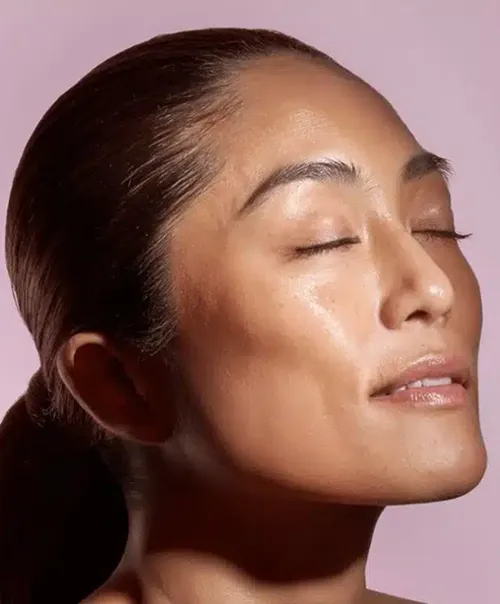Tretinoin
What is it?
Tretinoin is a prescription-strength retinoid derived from vitamin A. It’s one of the most researched and effective ingredients for treating acne and signs of ageing by increasing cell turnover and stimulating collagen production. It’s widely discussed on social media, especially for its skin-transforming effects and the initial ‘purge’ many users experience in the first few weeks.
What is Tretinoin Used For in Skincare?
Acne Treatment: Prevents clogged pores, reduces breakouts, and improves skin texture
Anti-Ageing: Boosts collagen, reduces fine lines, and improves skin firmness
Hyperpigmentation and Texture: Fades dark spots and smooths rough skin
Skin Renewal: Speeds up cell turnover for a fresher, more even complexion
How to Use Tretinoin
Begin slowly to reduce irritation. Apply a pea-sized amount to dry skin two to three times a week, gradually increasing to nightly use if tolerated. Apply it after cleansing and drying your face completely—wait 10 to 20 minutes before applying to reduce irritation. Follow with a moisturiser to ease dryness and peeling.
Always use SPF 30 or higher daily, as tretinoin increases sun sensitivity. Avoid combining it with other strong actives like benzoyl peroxide, AHAs, or exfoliants until your skin adjusts. Results take time—acne may improve in 8–12 weeks, while anti-ageing effects can take 3–6 months. Temporary dryness, peeling, and irritation are common as the skin adapts.
Alternatives to Tretinoin
Not everyone can access prescription-strength retinoids. Over-the-counter options like retinol or retinal are available in many drugstore brands. Bakuchiol, a plant-based alternative, is also suitable for those who cannot tolerate tretinoin.
Testimonials
Trustindex rating score: 4.7 of 5, based on 222 reviews
Book Consultation
As a leading Oculoplastic Surgeon with special interest in Facial Aesthetics, Dr. Maryam Zamani has garnered a global reputation - both in the US and UK - for her meticulous attention to detail and sought-after techniques for eyes and facial aesthetics.
Find The Clinic by Dr Maryam Zamani in the heart of Chelsea
Located on the Kings Road, our clinic is easy to reach from Chelsea, Kensington, Belgravia, Knightsbridge, South Kensington, Fulham and Battersea. We are positioned just moments from Sloane Square with excellent transport links across Central and South West London.
Book Now.avif)




